140CRP93200是一款由施耐德电气制造的通信模块。该模块设计用于与Schneider Electric Quantum可编程逻辑控制器(PLC)配合使用。它具有紧凑的设计,可以很容易地集成到各种自动化系统中。140CRP93200模块提供一系列通信选项,包括以太网/IP、Modbus TCP/IP和DNP3。此外,它支持广泛的协议,使其与各种设备兼容。该模块易于安装和配置,并具有一系列诊断功能,可帮助解决可能出现的任何问题。总的来说,140CRP93200是一款可靠且通用的通信模块,适用于各种工业应用。电力电子器件正沿着大功率化、高频化、集成化的方向发展。80年代晶闸管的电流容量已达6000安,阻断电压高达6500伏。但这类器件工作频率较低。提高其工作频率,取决于器件关断期间如何加快基区少数载流子(简称少子)的复合速度和经门极抽取更多的载流子。降低少子寿命虽能有效地缩短关断电流的过程,却导致器件导通期正向压降的增加。
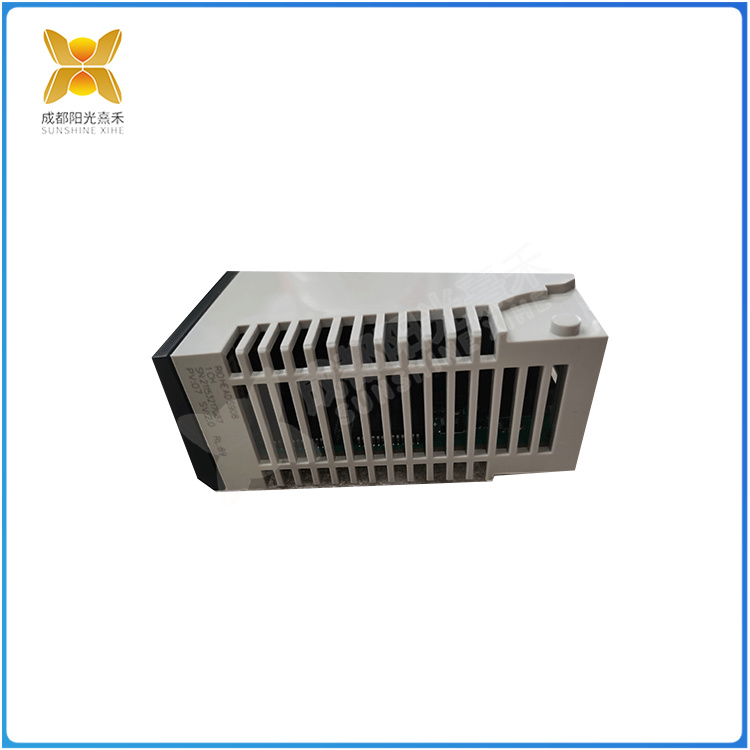
140CRP93200
因此必须兼顾转换速度和器件通态功率损耗的要求。80年代这类器件的最高工作频率在10千赫以下。双极型大功率晶体管可以在100千赫频率下工作,其控制电流容量已达数百安,阻断电压1千多伏,但维持通态比其他功率可控器件需要更大的基极驱动电流。由于存在热激发二次击穿现象,限制它的抗浪涌能力。进一步提高其工作频率仍然受到基区和集电区少子储存效应的影响。70年代中期发展起来的单极型MOS功率场效应晶体管,由于不受少子储存效应的限制,能够在兆赫以上的频率下工作。这种器件的导通电流具有负温度特性,不易出现热激发二次击穿现象;需要扩大电流容量时,器件并联简单,且具有较好的线性输出特性和较小的驱动功率;在制造工艺上便于大规模集成。但它的通态压降较大,制造时对材料和器件工艺的一致性要求较高。到80年代中、后期电流容量仅达数十安,阻断电压近千伏。
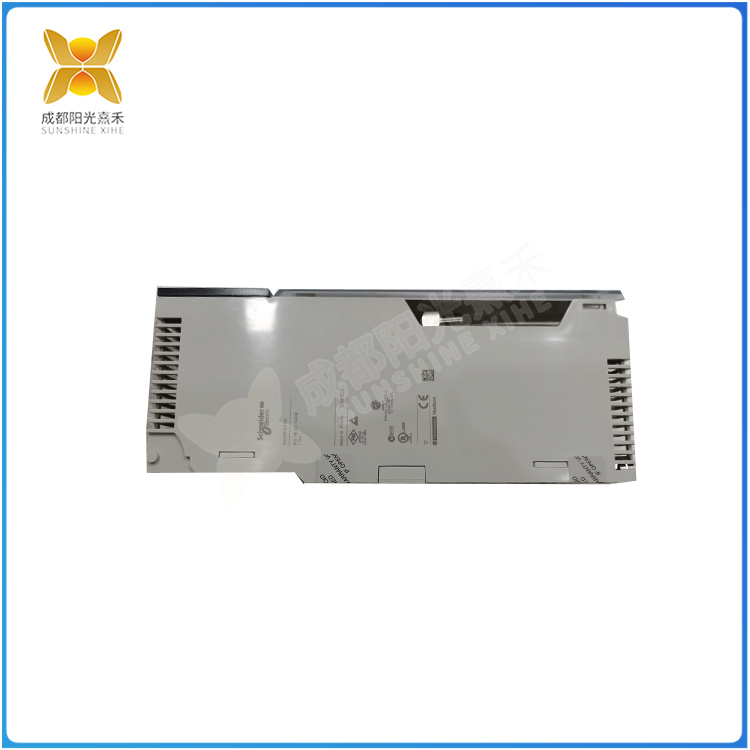
140CRP93200
从60年代到70年代初期,以半控型普通晶闸管为代表的电力电子器件,主要用于相控电路。这些电路十分广泛地用在电解、电镀、直流电机传动、发电机励磁等整流装置中,与传统的汞弧整流装置相比,不仅体积小、工作可靠,而且取得了十分明显的节能效果(一般可节电10~40%,从中国的实际看,因风机和泵类负载约占全国用电量的1/3,若采用交流电动机调速传动,可平均节电20%以上,每年可节电400亿千瓦时),因此电力电子技术的发展也越来越受到人们的重视。70年代中期出现的全控型可关断晶闸管和功率晶体管,开关速度快,控制简单,逆导可关断晶闸管更兼容了可关断晶闸管和快速整流二极管的功能。它们把电力电子技术的应用推进到了以逆变、斩波为中心内容的新领域。这些器件已普遍应用于变频调速、开关电源、静止变频等电力电子装置中。
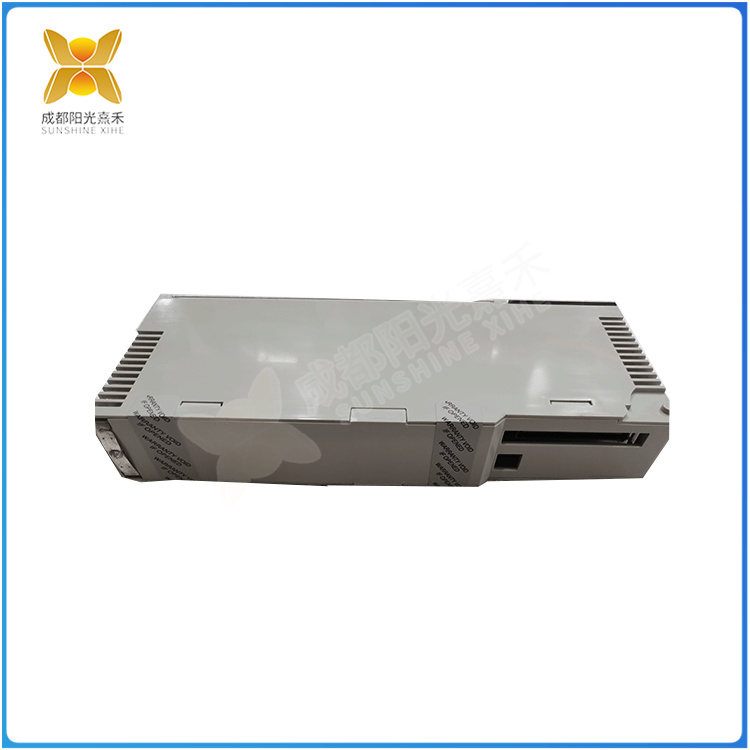
140CRP93200
140CRP93200 is a communication module manufactured by Schneider Electric. This module is designed to be used in conjunction with Schneider Electric Quantum programmable logic controllers (PLCs). It has a compact design and can be easily integrated into various automation systems. The 140CRP93200 module provides a range of communication options, including Ethernet/IP, Modbus TCP/IP, and DNP3. In addition, it supports a wide range of protocols, making it compatible with various devices. This module is easy to install and configure, and has a series of diagnostic functions that can help solve any problems that may arise. Overall, 140CRP93200 is a reliable and versatile communication module suitable for various industrial applications. Power electronic devices are developing in the direction of high-power, high-frequency, and integration. In the 1980s, the current capacity of thyristors had reached 6000 amperes, and the blocking voltage was as high as 6500 volts. But these devices operate at a lower frequency. Improving its operating frequency depends on how to accelerate the recombination speed of minority carriers (abbreviated as minority carriers) in the base region and extract more carriers through the gate during the device shutdown period. Reducing the minority carrier lifetime can effectively shorten the process of turning off current, but it leads to an increase in the forward voltage drop during the device’s conduction period.
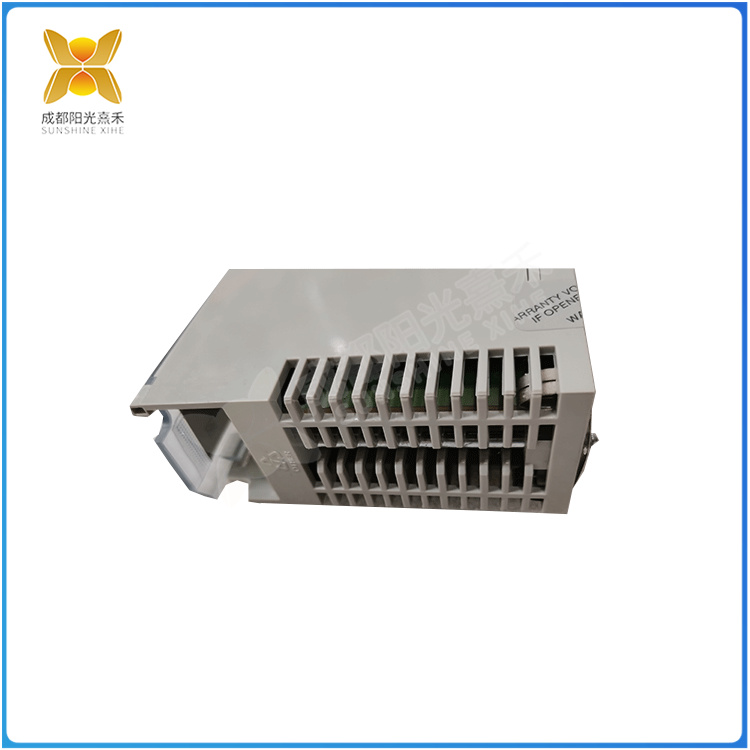
140CRP93200
Therefore, it is necessary to balance the requirements of conversion speed and device on state power loss. In the 1980s, the highest operating frequency of such devices was below 10 kHz. Bipolar high-power transistors can operate at a frequency of 100 kHz, with a controlled current capacity of several hundred amperes and a blocking voltage of over 1000 volts. However, maintaining the on state requires a larger base driving current than other power controllable devices. Due to the presence of thermal induced secondary breakdown, its surge resistance is limited. Further increasing its operating frequency is still influenced by the minority carrier storage effect in the base and collector regions. The unipolar MOS power field-effect transistor, which developed in the mid-1970s, can operate at frequencies above megahertz due to being not limited by minority carrier storage effects. The conduction current of this device has a negative temperature characteristic, making it less prone to thermal induced secondary breakdown; When it is necessary to expand the current capacity, the parallel connection of the devices is simple, and they have good linear output characteristics and small driving power; Facilitate large-scale integration in manufacturing processes. But its on state voltage drop is relatively high, and the consistency of materials and device processes is required during manufacturing. By the mid to late 1980s, the current capacity had only reached tens of amperes and the blocking voltage was nearly kilovolts.
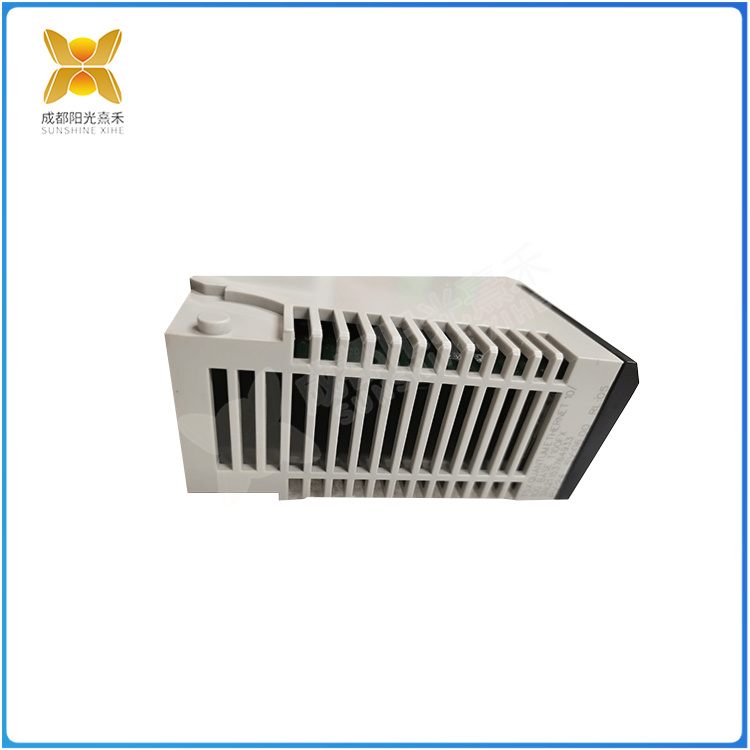
140CRP93200
From the 1960s to the early 1970s, power electronic devices represented by semi controlled ordinary thyristors were mainly used in phase controlled circuits. These circuits are widely used in rectification devices such as electrolysis, electroplating, DC motor drive, generator excitation, etc. Compared with traditional mercury arc rectification devices, they are not only small in size but also reliable in operation, And it has achieved significant energy-saving effects (generally saving 10-40% of electricity. From the actual situation in China, wind turbines and pumps account for about one-third of the country’s electricity consumption. If AC motor speed control transmission is used, it can save more than 20% of electricity on average, and can save 40 billion kilowatt hours of electricity annually). Therefore, the development of power electronics technology is increasingly valued by people. The fully controllable turnoff thyristors and power transistors that emerged in the mid-1970s have fast switching speed, simple control, and reverse conduction turnoff thyristors that are more compatible with the functions of turnoff thyristors and fast rectifier diodes. They have advanced the application of power electronics technology to a new field with inverter and chopper as the central content. These devices have been widely used in power electronic devices such as variable frequency speed regulation, switching power supplies, and static frequency conversion.

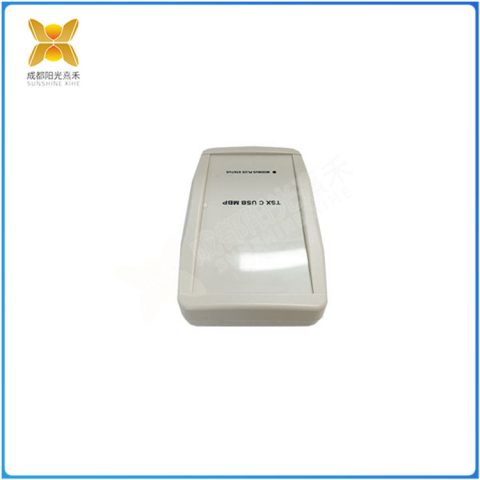
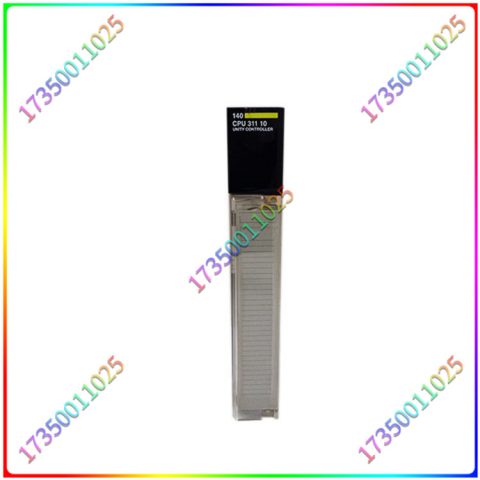
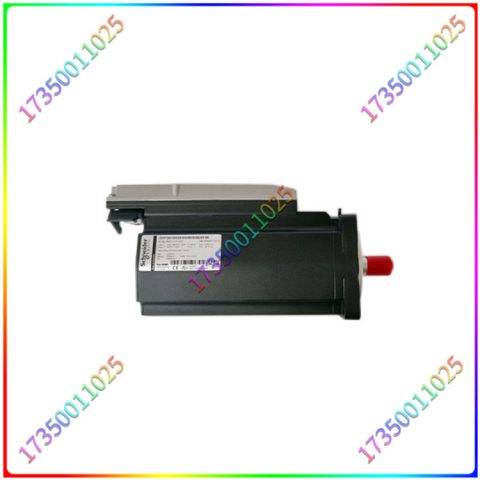
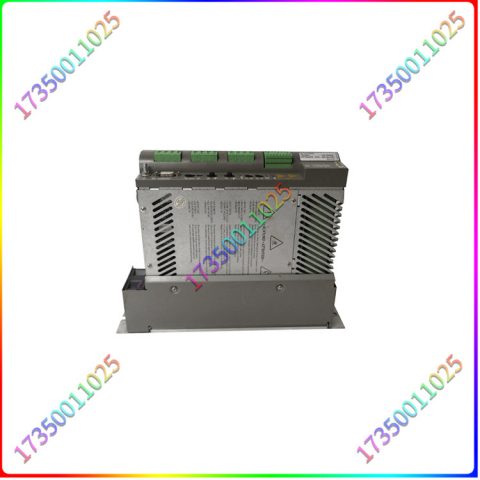
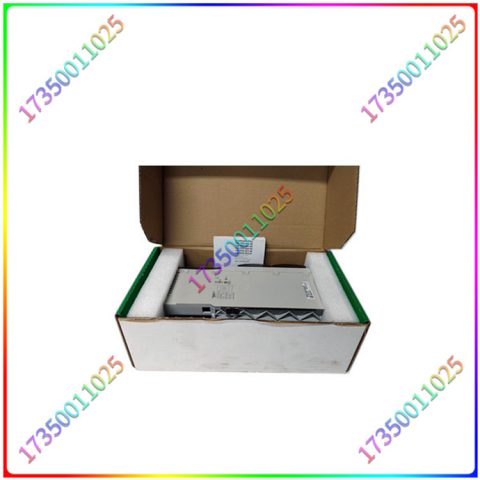
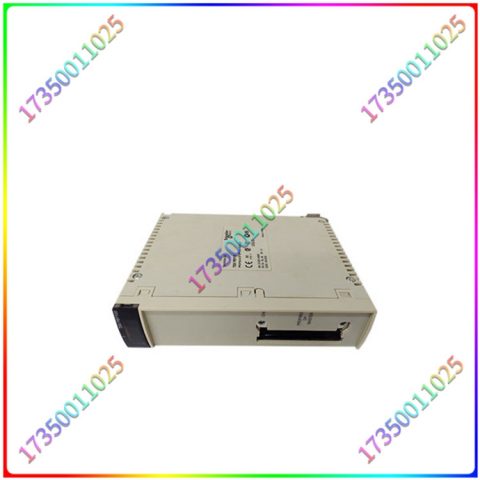
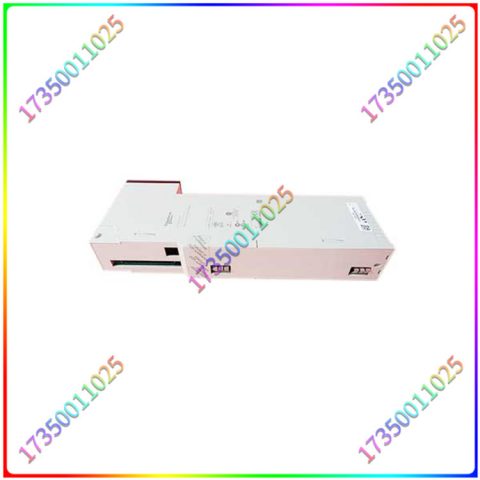
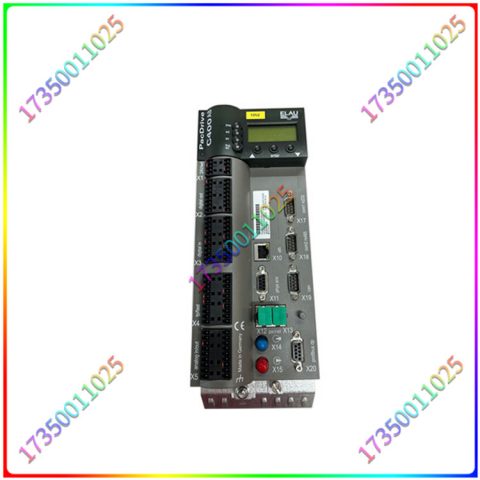
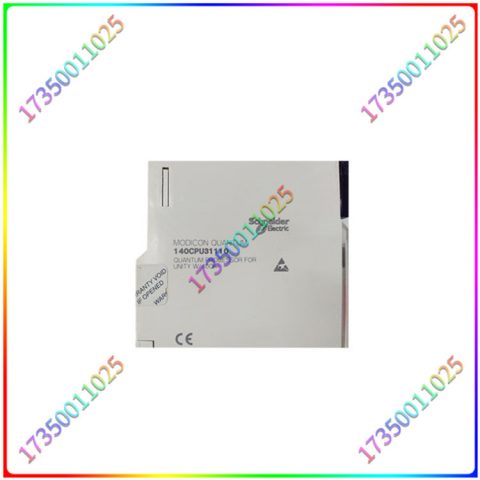
There are no reviews yet.